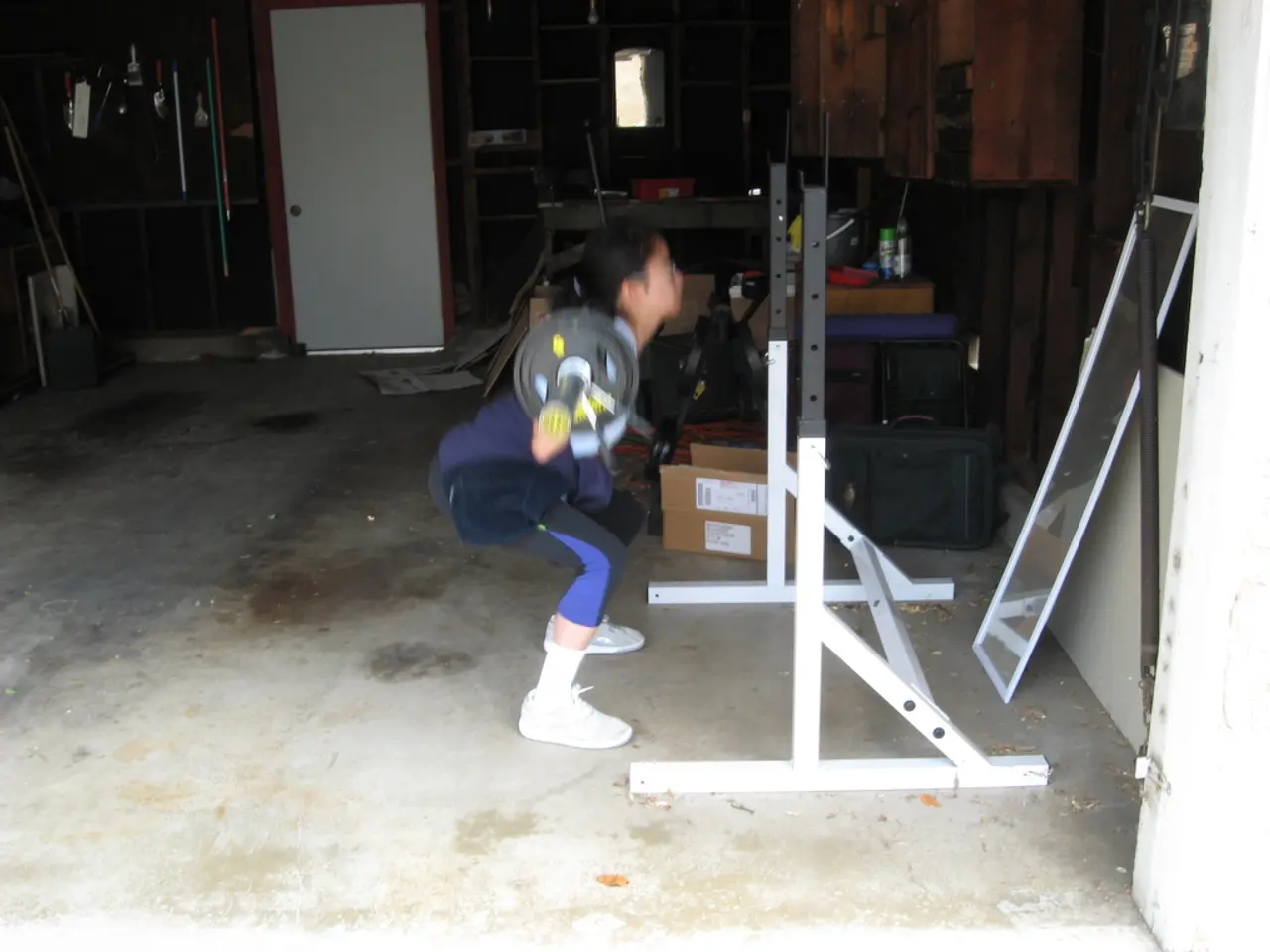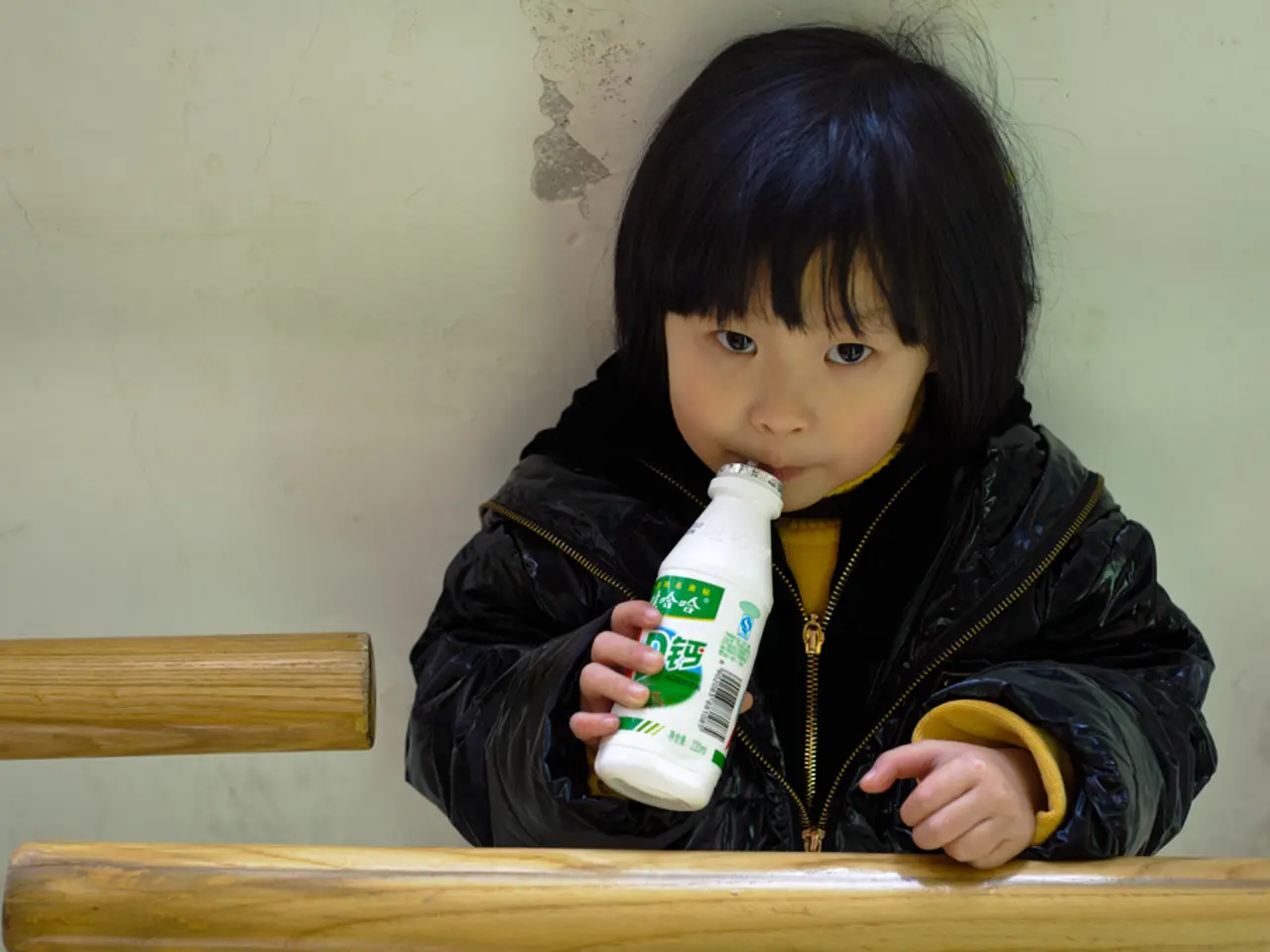Infant Care: Wrapping Your Premature Infant for Coziness
In the delicate world of preemie care, providing a warm and nurturing environment is of utmost importance. This is because preemies, babies born before completing 37 weeks of gestation, are particularly vulnerable and require extra attention to ensure their well-being. One such method that has proven effective in providing warmth and comfort to preemies is swaddling.
Swaddling, a practice of wrapping infants snugly in a blanket, offers a cocoon-like embrace, securing their limbs gently and providing a sense of containment reminiscent of the womb. This gentle hug can have a profound calming effect on preemies, helping them regulate their body temperature and promoting better sleep.
However, it's crucial to remember that swaddling must be done correctly to ensure the safety and comfort of preemies. Swaddling firmly but not too tightly is essential, allowing free movement of the baby’s legs and feet, which should be able to bend at the hips. Overly tight swaddling can restrict breathing and increase risks.
Another important aspect is keeping the baby’s head uncovered to avoid overheating and suffocation risks. Always place the baby to sleep on their back, as stomach or side sleeping increases the risk of suffocation and Sudden Infant Death Syndrome (SIDS).
It's also advisable to use swaddling from birth if chosen, as starting to swaddle abruptly later (when SIDS risk is highest, 2-3 months) is not recommended. Monitoring temperature closely is essential to ensure the baby does not get too hot, especially since preterm infants may have difficulty regulating their body temperature.
As preemies grow older, it's important to allow their arms to be free (usually after 3 months corrected age or when the baby shows signs of rolling) to reduce the risk of suffocation. Transitioning out of swaddling gradually is also recommended, for example by releasing one arm at a time over several days to help the baby adjust without disturbing their sleep pattern.
Alternative warmth and comfort measures such as preemie-sized sleep sacks or wearable blankets are excellent alternatives to traditional swaddling for preemies who may find swaddling restrictive. These alternatives provide warmth without loose blankets that could increase the risk of injury or death.
In addition to swaddling, Kangaroo care, a method that originated in neonatal care units, involves skin-to-skin contact between the baby and the parent, regulating the preemie’s body temperature. This method, combined with proper swaddling techniques, can contribute significantly to the well-being of preemies.
In conclusion, the best practices for swaddling preterm babies to ensure warmth and comfort while minimizing risks include swaddling firmly but not too tightly, keeping the baby’s head uncovered, always placing the baby to sleep on their back, using swaddling from birth if chosen, monitoring temperature closely, allowing the baby’s arms to be free as they grow older, transitioning out of swaddling gradually, considering alternatives like sleep sacks after swaddling is stopped, and practicing safe sleep habits at all times. Always ensure swaddling does not restrict breathing or hip movement and discontinue swaddling as soon as the baby shows signs of rolling. By following these guidelines, parents can provide a safe, warm, and nurturing environment for their preemies, helping them thrive and grow.
- In the realm of preemie care, education about providing a warm and nurturing environment is essential, especially since preemies require extra attention for their health and well-being.
- Swaddling, a method that involves wrapping infants tightly in a blanket, can offer a sense of containment and calm to preemies, promoting better sleep and helping regulate their body temperature.
- To ensure the safety and comfort of preemies, it's crucial to remember that swaddling must be done correctly, allowing for free movement of the baby’s legs and feet, while keeping the head uncovered and placing the baby to sleep on their back to reduce SIDS risks.
- Parents can dig deeper into the science of health-and-wellness and parenting to learn about alternative warmth and comfort measures for preemies, such as preemie-sized sleep sacks or wearable blankets.
- For families with preemies, embracing the lifestyle of regular monitoring of temperature and gradual transitioning out of swaddling is important to ensure the baby's continued growth and avoid suffocation risks.
- In addition to swaddling, parenting techniques like Kangaroo care, which involves skin-to-skin contact between the baby and the parent, can also contribute significantly to the well-being of preemies, providing both warmth and a strong bond between parent and child.




